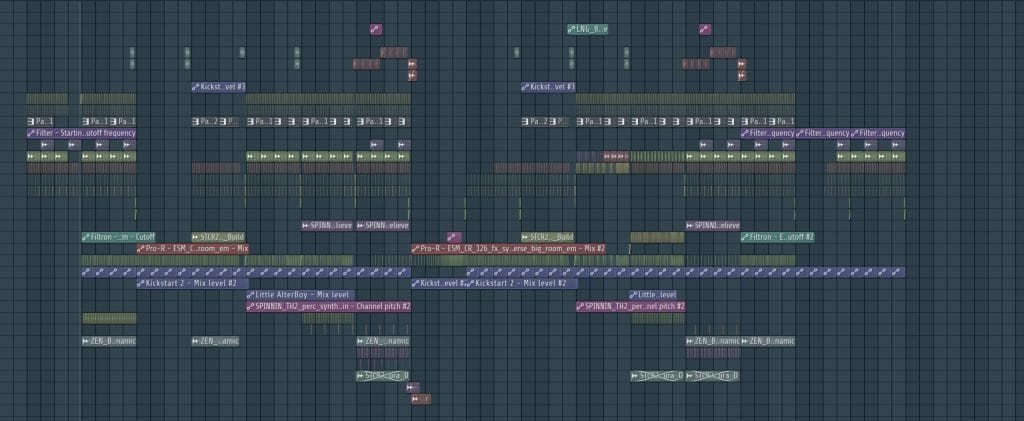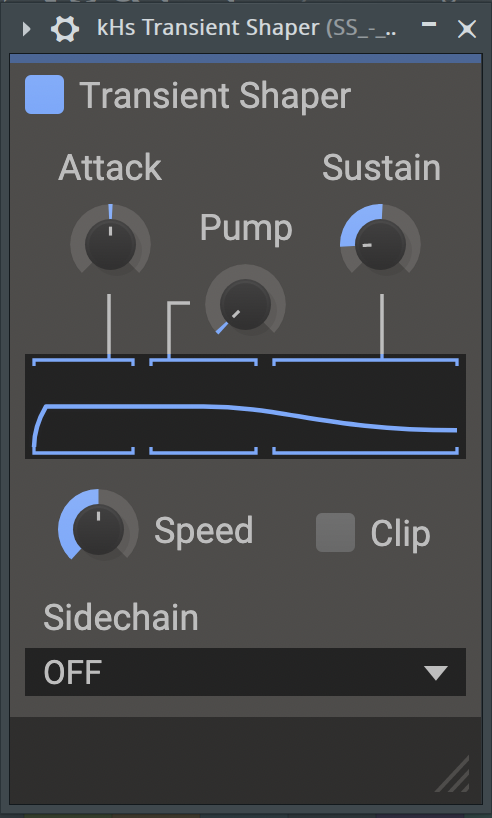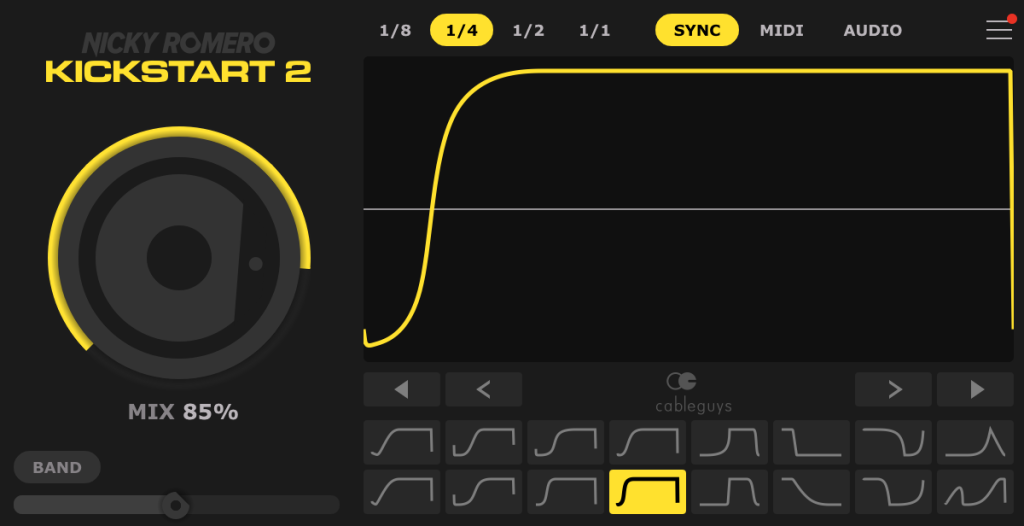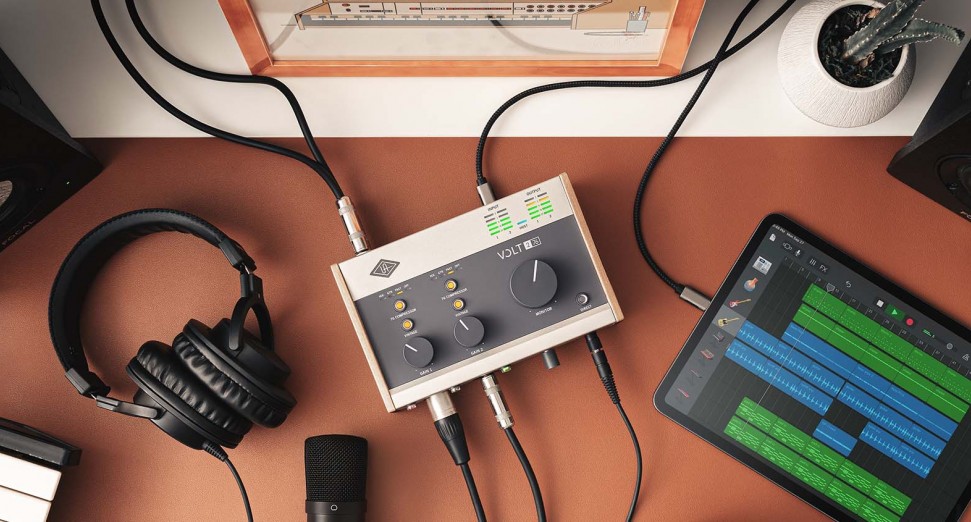
How It Was Made: Polar Bears – Are You Ready? [tech house]
Polar Bears aren’t new to peak-time energy, but with “Are You Ready?” they went straight for the throat. Released on Dim Mak, the track is built for impact—tight drums, an overdriven bassline, and a vocal sample engineered to trigger that pre-drop adrenaline rush mid-set. It’s not subtle, and it’s not supposed to be. This one’s designed for DJs who want the room to go off.
The duo—also known for designing live stages for ILLENIUM, Eric Prydz, and ANYMA—take that same production-first mindset into the studio. Every element in this track has a job: Serum handles the low-mid presence, Kickstart 2 clears room for the kick, Little Alterboy adds texture to the second drop, and a transient shaper keeps the claps tight without flattening the groove. Their setup isn’t complex—it’s intentional.
In this breakdown, they lay it all out with zero fluff. They also dropped a few quickfire tips for producers working in this space, including how to make your drums feel more alive and how to carve space in your low end without losing power. If you’re aiming for high-impact club records that don’t get lost in the mix, this is a solid one to study.
Snag It On Beatport Here
Serum

Our go-to synth is Serum. We made this before Serum 2 came out, but of course the original synth is incredible. We use it all the time, especially for bass sounds. We made the main baseline of the song with a modified preset.
The original version of the preset is wide and has great dimension, but was too sharp and acute on the high end. So with our post processing we used a band pass filter. This takes off the gritty high end (which makes room in the mix for the lead instrument), but also removes the sub bass so that we can use a different sound for a dedicated sub. Essentially that means this sound is just providing low-mid thickness.
If you are someone who makes pretty much any kind of electronic music, this technique is a great way to make your basses feel big and present in the mix without taking up too much space. We also added a utility that forces any frequencies under 120hz to be mono so that no phasing issues are in the mix. Which could sound really bad on a club system!
Little Alter Boy

Another go-to of ours is Little Alterboy, a pitch and formant shifting plugin by Soundtoys. We use this on lots of sounds as a sound designing tool, but for this song we are using it to turn the lead sound down by 1 octave for the 2nd drop (with a little bit of distortion being implemented too with the drive knob.)
Sometimes it sounds good to pitch something down within the DAW, or the piano roll. But other times, using a plugin like this introduces artifacts to the signal that makes it feel warmer and more alive, whereas pitching down with other methods can sometimes sound too digital. In the 2nd portion of the 2nd drop, we turn off the plugin so that it returns to its natural pitch.
Again this plugin is great for all genres, and it sounds great on vocals! However it can work with any sound. If something is sounding too digital and polished, consider trying this plugin out to introduce some unique overtones and formants to the signal!
kHz Transient Shaper

Anytime we are working on music and a transient is too strong, or a sound’s decay it too long, we use the Kilohearts transient shaper to tame it. In this case, we are using the transient shaper on the 2nd drop on the claps that are placed on each beat. We thought the decay was too long, so using this plugin helped tighten everything up!
It’s so easy to use, there’s really no need for using or making presets. We really just tweak the attack or sustain depending on the use case! A lot of the plugins we use aren’t very detailed or that sophisticated. Many times, less is more. We could have created automation clips for this, but sometimes it’s faster to simply use a plugin.
Literally anyone can use a transient shaper like this! It makes a huge difference being able to control sound so easily. When it comes to drums in house music, it’s a game changer being able to tweak the transients and decay. It can also augment a decay if a sample or sound is too short!
Kickstart 2

In dance music, nothing is more important than the drums. And with EDM drums, nothing is more important than the kick! So it’s important that the kick has presence in the mix and doesn’t get overwhelmed by the other sounds. That’s where Nicky Romero’s Kickstart 2 comes in. It’s a side chain plugin that gives the pumping effect to a signal.
In this case, we are using it on a drum loop with busy percussion. We didn’t want the percussion to drown out the kick drum, so adding Kickstart 2 introduced the pumping effect which makes space for the kick in the mix. You can see the yellow line that shows the amplitude curve, which in this case is extremely short.
Since this isn’t a bass sound and it’s being used on high end sounds (like drums, percussion, and hi hats), we just needed the initial pop of the kick to but through the mix. If this were used on a bass element or something with lower frequencies, then the volume curve should take more time to reach the full amplitude. This plugin works great for house music since a kick is on every beat, and by default, this plugin gives the pumping effect on every beat as well.
Quick Fire Tips For Making Tech House
Tip #1: To make house music you need two CRUCIAL elements: a killer, catchy baseline and a kick that can cut through the mix.
Tip #2: Tech house is all about the groove. So make sure there is more than just a hi hat and clap; add more percussion elements to give swing and groove to the drums!
Tip #3: House music needs a solid foundation with drums and a bassline, but often what people remember are the melodies or lead instruments. So remember to create that sits above the drums and bass that compliments the entire arrangement!
Tip #4: Drums are the most important part of any good house beat. So be sure to use good mixing plugins like transient shapers to dial in the length of the drum samples to compliment your arrangement.



